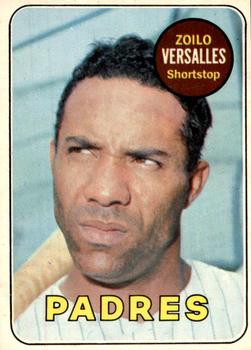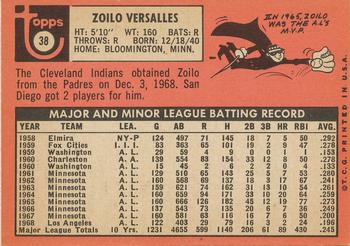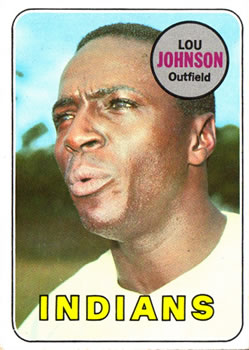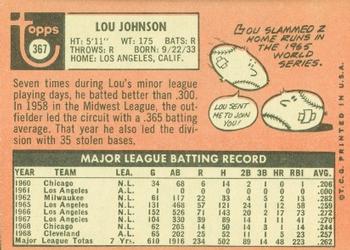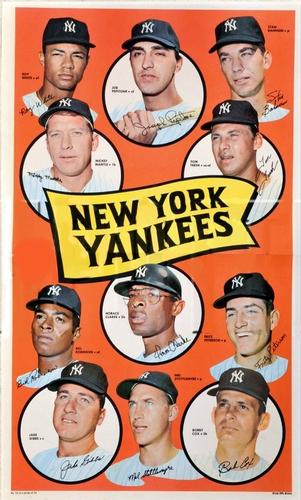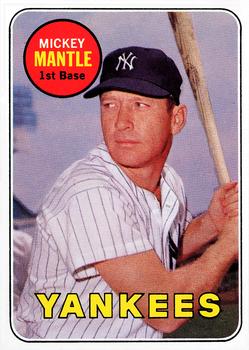Blogs
Number 5 Type Collection |
Saturday, May, 25, 2024
1969 Topps Team Posters and A Padre To Be Named Later
Introduction
In mid-May 2024, Sports Collectors Daily published Roy Carlson's deep dives into 1969 Team Posters, one of my favorite vintage sets for sheer size and displayability. I profiled its #5, the Baltimore Orioles, back in 2012.
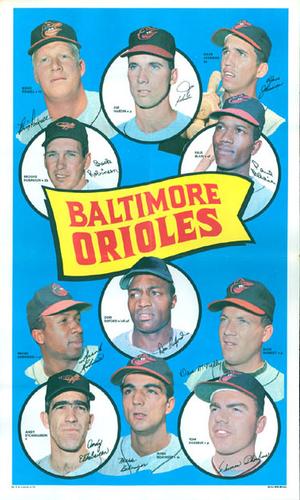 |
| 12"x20" at full, unfolded size |
Each of Roy's articles shares original design mockups and quantifies how Topps coped with an absence of fresh photos for that year's cards.
Close inspection of Roy's work highlights how Topps made the best of an expansion era defined by rapid player movement. 1969 posters impress both in size and breadth of lineup, even for new squads in Montreal, KC, Seattle, and San Diego.
1969 Topps issues: Which came first? The chicken, egg, or team posters?
Topps added every animal to their barnyard in 1969, if you include standard and test issues.
- 664-card base set (#5 is AL HR Leaders)
- Stamp sheets with accompanying albums (#5 Atlanta Braves)
- Rub-on decals (unnumbered)
- Black-and-white deckle edge (#5 Jim Fregosi)
- 4-in-1 sticker sheets (unnumbered)
- Super Baseball (#5 is Yaz)
- Team posters (as above)
Keith Olbermann shared similar insights into 1969 images for SCD in 2010. If Topps bought their rookie Reggie Jackson and "Aurelio Rodriguez" photos from legendary photographer George Brace, #653's mistaken identity could stem from his own goof.
San Diego's expansion year poster shows further impact from players refusing to pose for Topps cameras: 10 hatless headshots and one airbrushed bill for Ron Davis. The Padres even traded Ron to Pittsburgh on March 28, so a proper hat logo would've been out of date by opening day.
The circled Padre, Bill Davis, achieved a measure of hobby fame by appearing on five straight multiplayer "rookie stars" cards, 1965-69, an unbreakable record given how Topps handles RCs today. Bill remained on the verge of breaking out for years, thanks to minor league power and fan popularity. Read Hope Springs Eternal for a look at every Davis base card. (Don't confuse 1966 cardmate Tom Kelley with Minnesota's manager of similar name.)
That Padres poster marked Davis's final Topps appearance, once again sharing the spotlight with (many) others. San Diego waited six weeks before sending former AL MVP Zoilo Versalles to Cleveland as their PTBNL, creating some interesting 1969 checklist anachronisms.
Note Zoilo's 1969 stamp says "San Diego shortstop" and his autograph graces their album, if upside-down. That tells us Topps designed and produced this set before they could react to late 1968 trades.
His first series card (#38) splits the difference, with Padres on the front and trade to Cleveland on the back! This shows Topps locked series one card fronts by December 1968, when San Diego sent him to Cleveland, and back text sometime later. (It should also say "N.L." under league, since Zoilo played for the Dodgers.)
Zoilo's hatless image from his "S.D. Padres" stamp appears on Cleveland's poster, so these came together sometime after that December swap. In echoes of Ron Davis, Cleveland shipped 😮 Lou Johnson to California on 4-April, so his poster and card team became out-of-date by opening day.
Card #367 fails to mention Johnson's trade, so Topps locked their poster layouts and third series of cards sometime between December & April. Zoilo and Lou each appear in multiple 1969 sets as players on teams they never quite played for.- Test alternative looks for team photos in lieu of cards in their base set
- Help fans in expansion cities get familiar with new rosters
- Give more Mick to Yankee fans during an otherwise moribund era for their franchise









